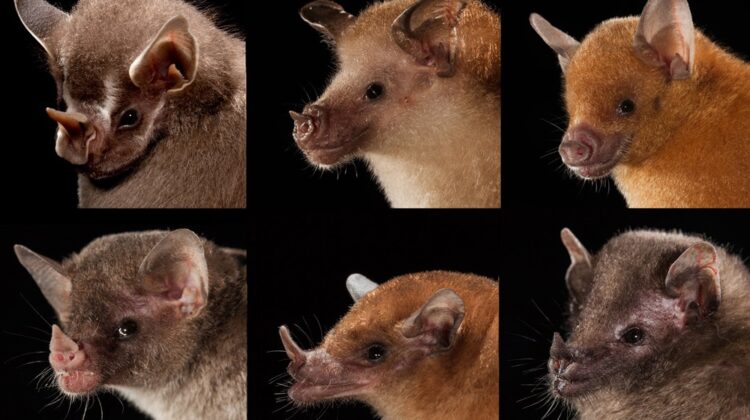
Dr. Merlin Tuttle has been changing the public’s perception of a misunderstood mammal for over 60 years. Dr. Tuttle has contributed to the survival of these vital keepers of our ecosystem by devoting his life to bat conservation. As a bat biologist and photographer, he combines scientific research with visual materials to further our understanding of these animals. His series of bat portraits, which reveal the diversity and personality of these mammals, is one of his most intriguing.
There are over 1,400 bat species worldwide, accounting for one-fifth of all mammal species. These bats play an important role in controlling insect populations as well as pollinating and transporting seeds for plants. However, many people are afraid of these animals because of common misconceptions. Dr. Tuttle and his foundation, Merlin Tuttle’s Bat Conservation, come into play here.
“The greatest risk to bats is fear,” Dr. Tuttle tells My Modern Met. “People will not protect and frequently kill what they do not understand or fear; one misinformed person can do a lot of damage, and it only takes one person to kill a million bats in a cave!” Human education is one of the most effective ways to help bats.”
Dr. Tuttle’s bat portraits are just one way he helps to dispel common misconceptions about bats. He helps the public perceive them differently by allowing their sweet personalities to shine through.
“My portraits depict bats in their natural state as gentle, inquisitive, and cute, demonstrating the range of diversity.” People are afraid of what they misunderstand. Because bats are frequently unseen, these photographs help people understand them—it is understanding that dispels fear and allows people to become curious.”
The images also show a wide range of bat species. Whether they have large ears or a stubby nose, each bat is completely unique, with features that have evolved in tandem with their environment.
Despite Dr. Tuttle’s efforts, bats continue to be endangered. Many people still believe that bats carry infectious diseases, but as Dr. Tuttle explains, they carry no more diseases than other animals. This false myth leads to eradication, which is potentially harmful to the environment.
These programmes, when combined with habitat loss and climate change, have the potential to have disastrous consequences. If bats are not present to control pest populations, more pesticides are used on crops, which can lead to an increase in mosquito-borne diseases such as West Nile virus and Malaria.
So, the next time you see a bat, remember to thank it. Better yet, construct a bat house to provide a safe haven for this flying friend.
Dr. Merlin Tuttle has been educating the public about the importance of bats for over 60 years.
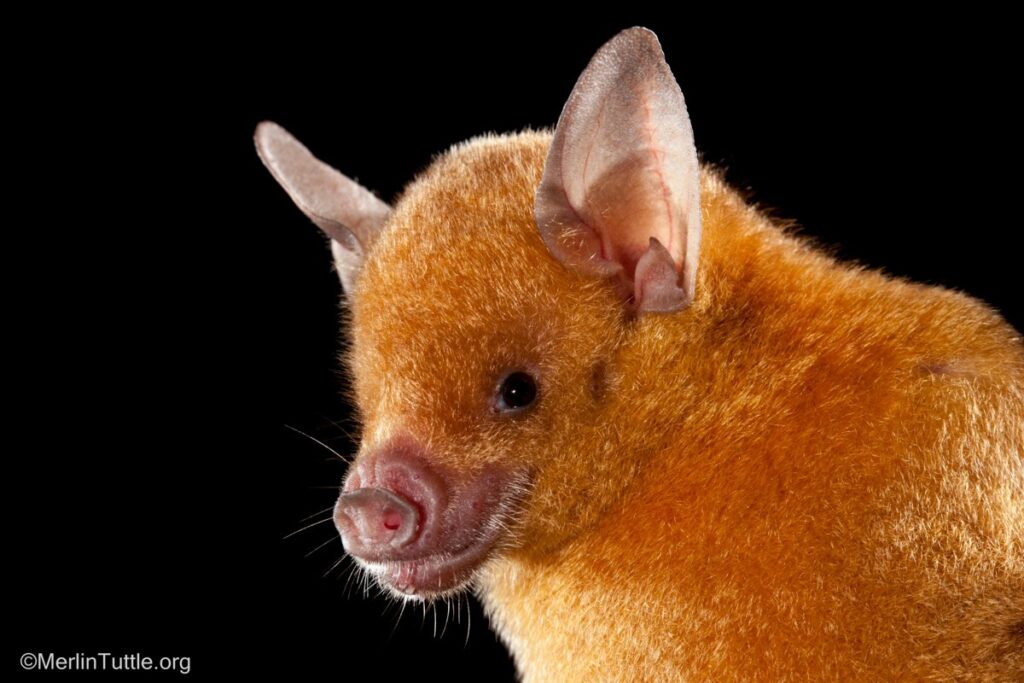

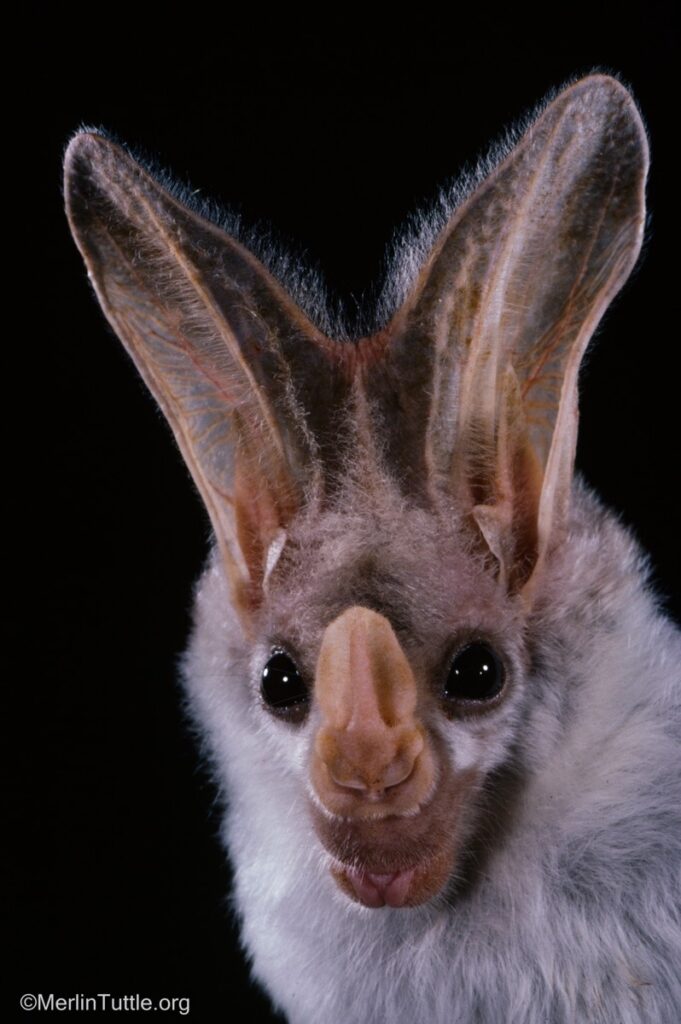
Dr. Tuttle is an accomplished photographer as well as a bat biologist, and she frequently photographs these mammals.
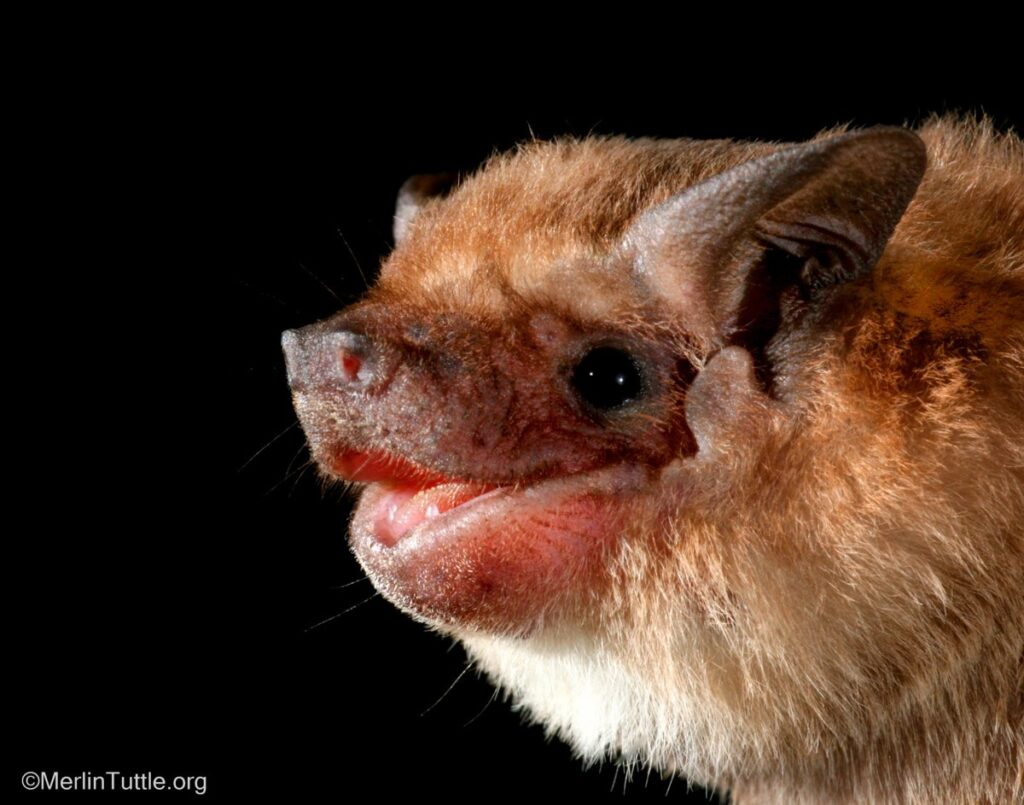

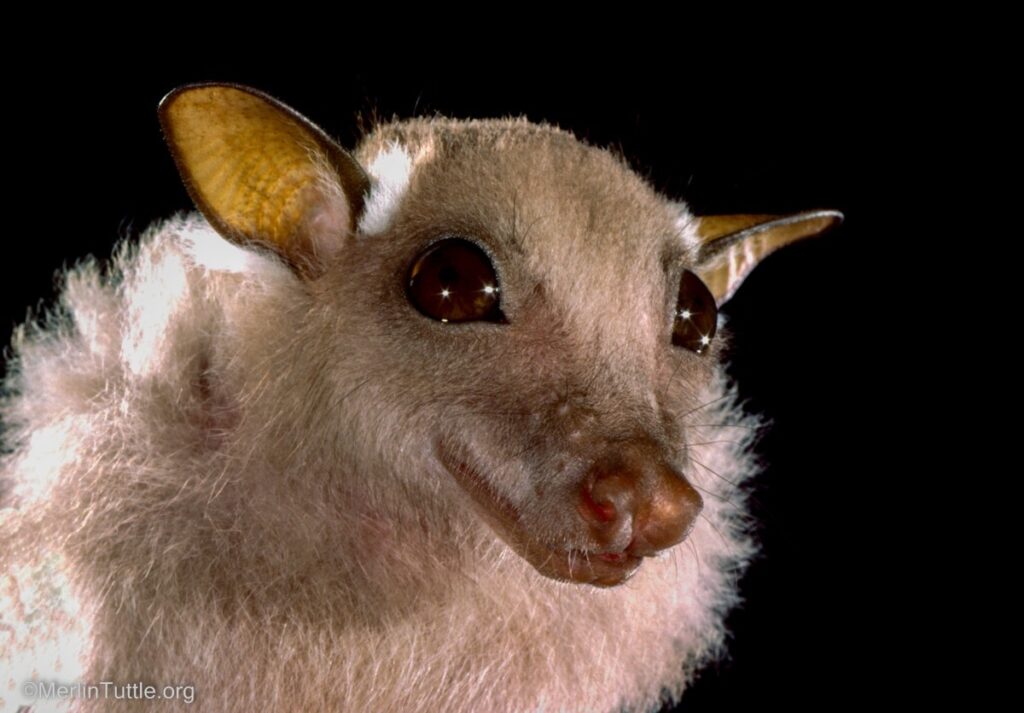
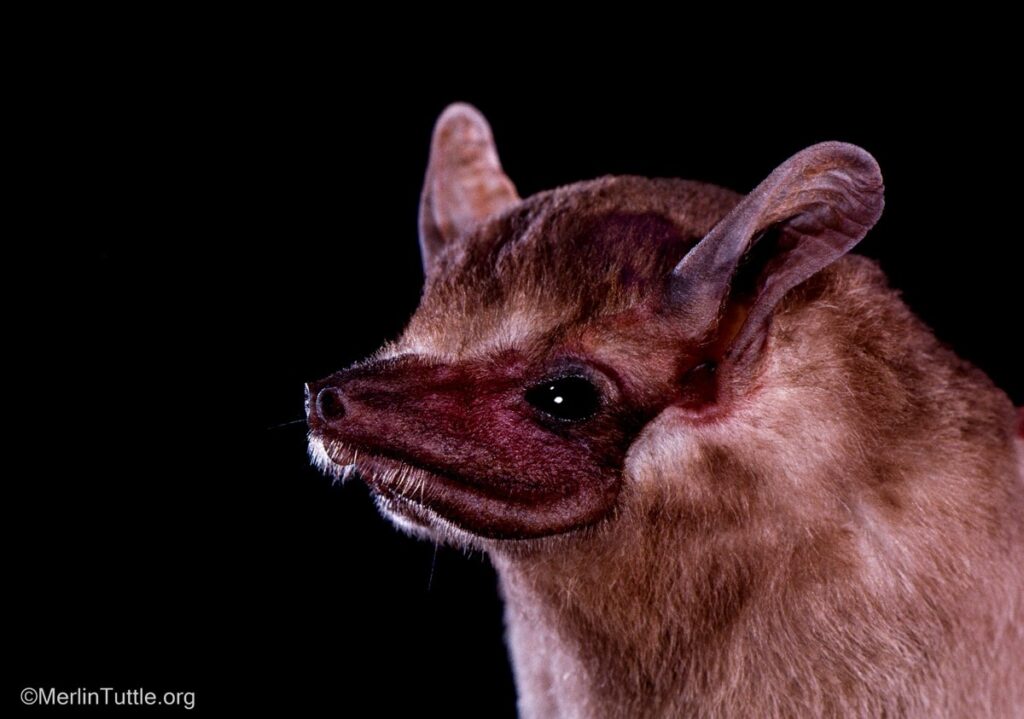
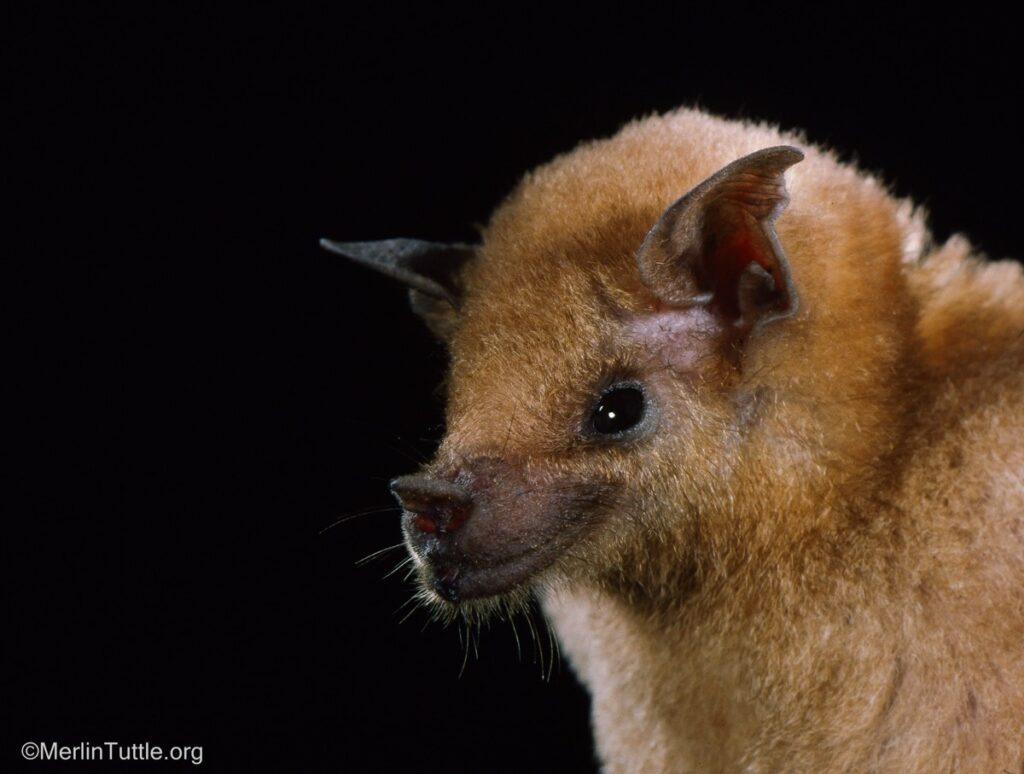

And highlight the diversity across the more than 1,400 species of bats worldwide.
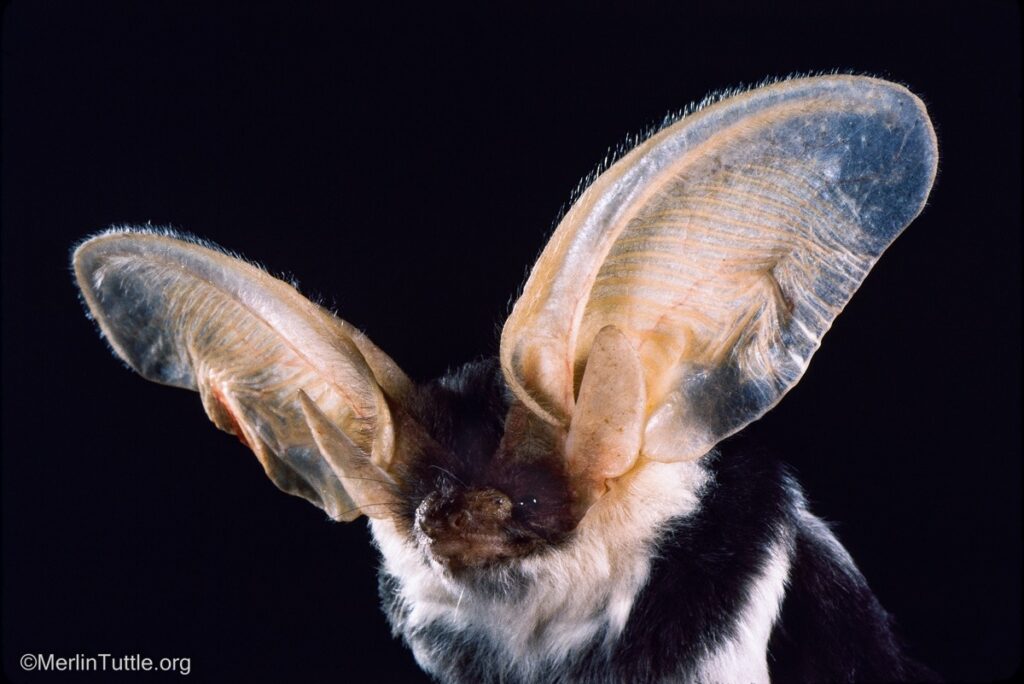

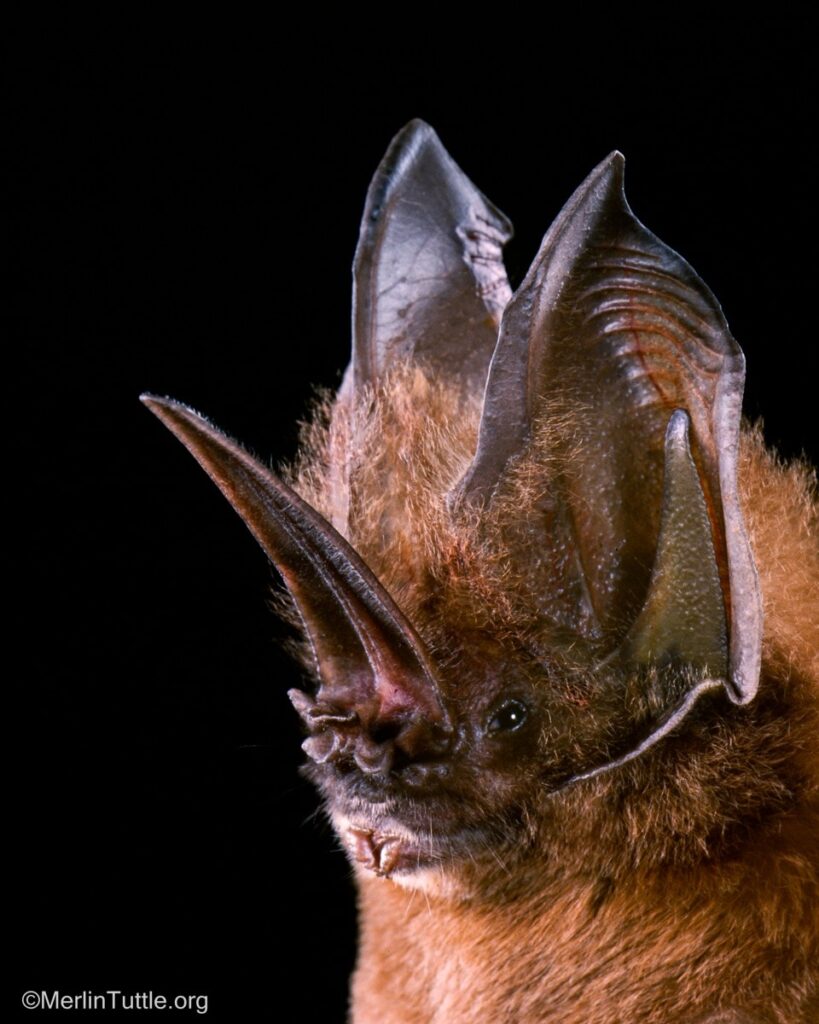
Learn more about what you can do the help bats, who are vital to our ecosystem.

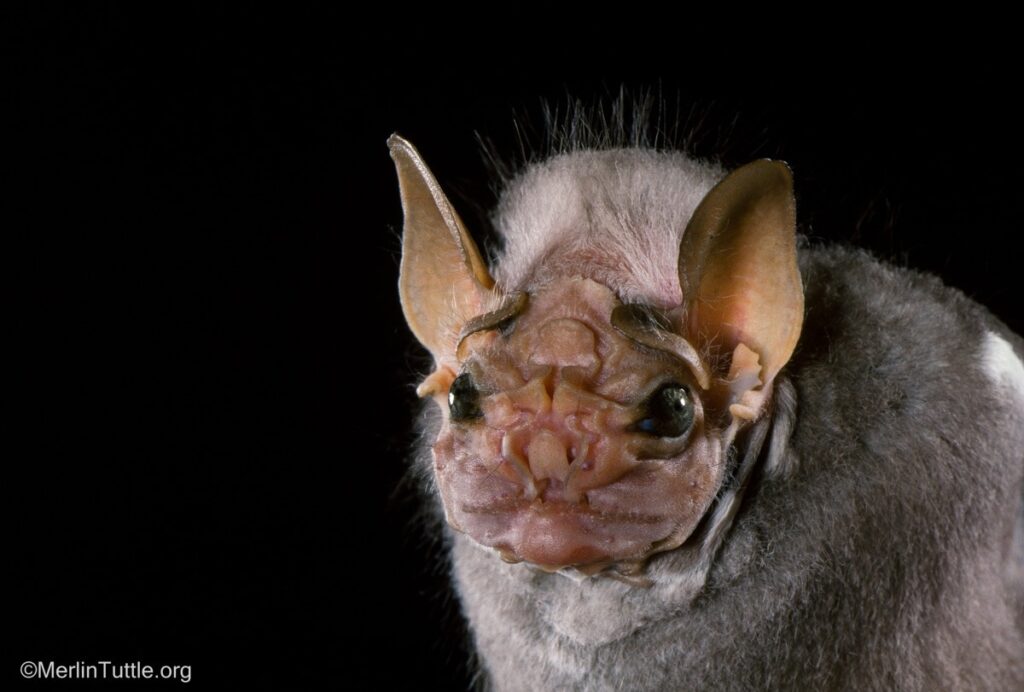
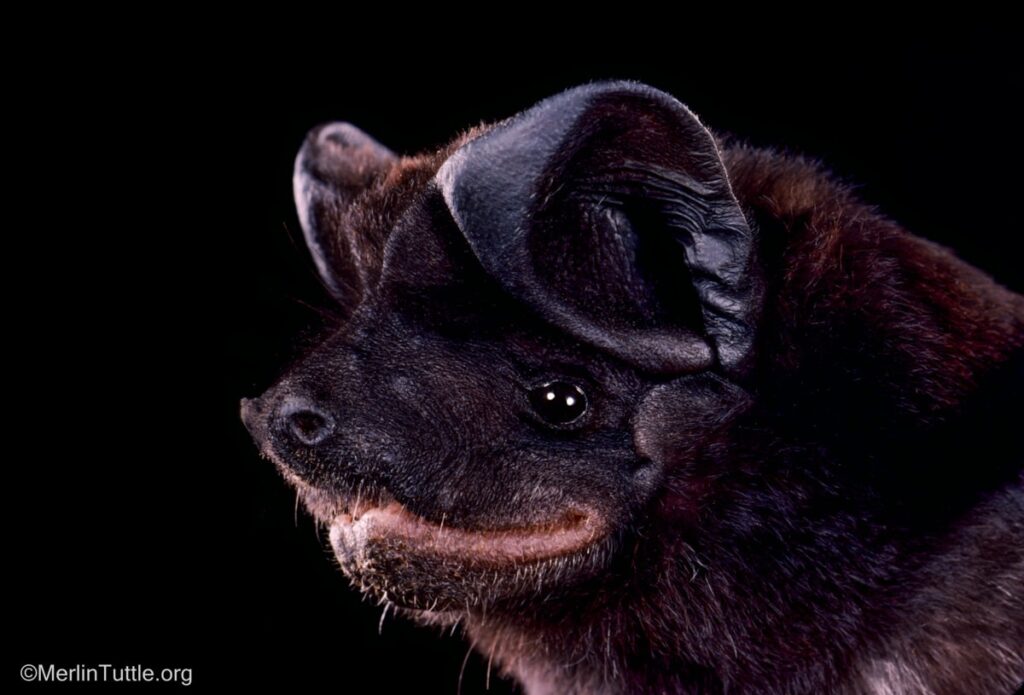
Merlin Tuttle’s Bat Conservation: Website | Instagram | Facebook

Leave a Reply